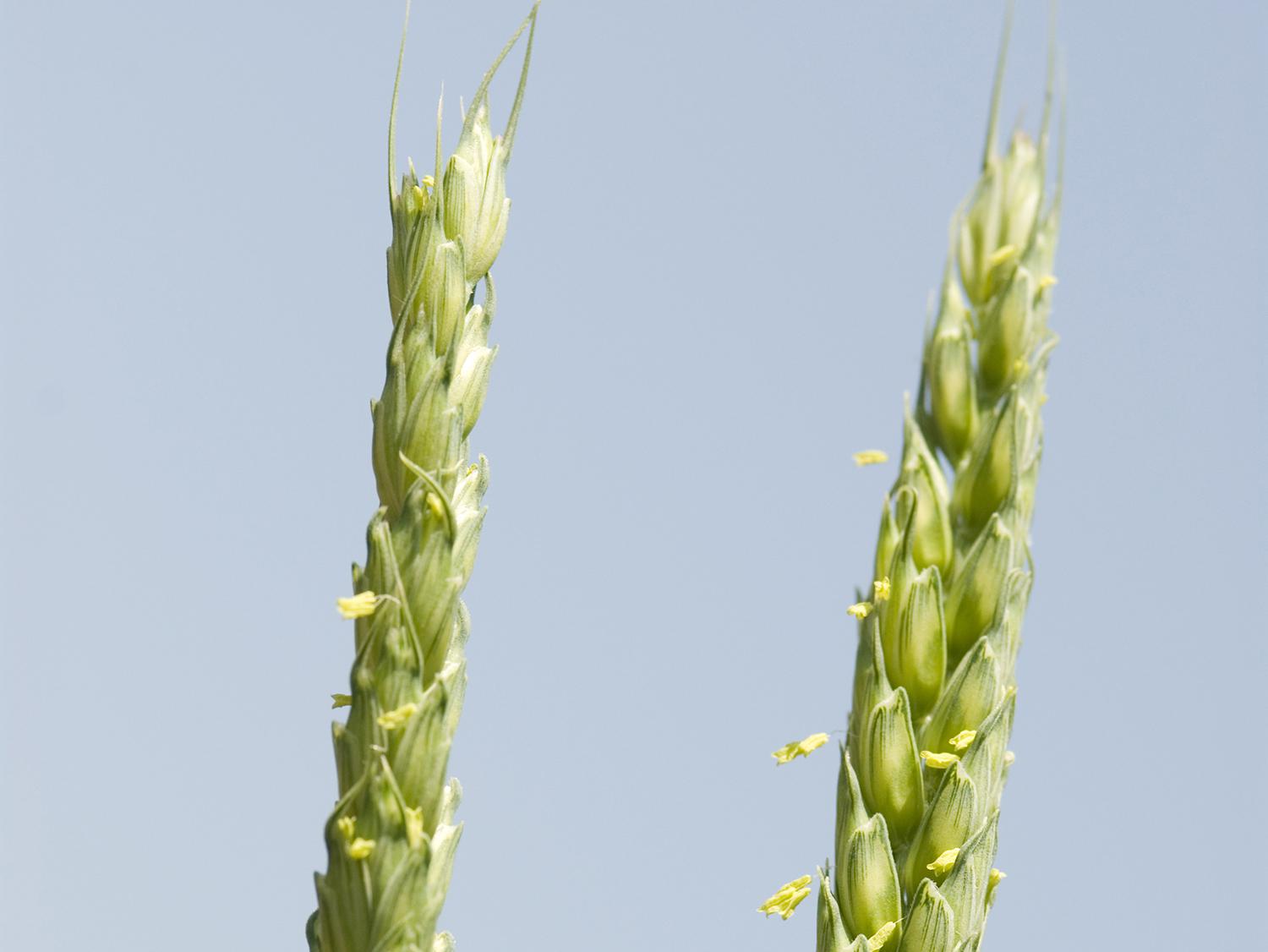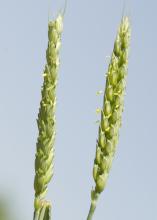Information Possibly Outdated
The information presented on this page was originally released on March 22, 2013. It may not be outdated, but please search our site for more current information. If you plan to quote or reference this information in a publication, please check with the Extension specialist or author before proceeding.
State winter wheat crop needs a break from rain
MISSISSIPPI STATE – Cool temperatures through March kept some Mississippians comfortable, but they slowed the development of wheat, the state’s only row crop grown through winter.
Erick Larson, corn and wheat state specialist with the Mississippi State University Extension Service, said wheat acreage is high this year, with 420,000 acres planted in the fall. State growers planted 500,000 acres in 2007, but this year marks the second highest planting since 1990.
“We didn’t have a great production year last year, but wheat is a crop that can generate some money in a time that is an off-season for most other commodities grown in the state,” Larson said. “Farmers will often double-crop soybeans after wheat is harvested, or they make improvements to their land in the summer after already making a profit off those acres that year.”
Brian Williams, Extension agricultural economist, said July wheat futures were trading as high as $7.30 the third week of March.
“Wheat had been on a steady decline since early December, but it appears to have taken a bit of an upward turn over the last couple of weeks,” Williams said. “As of March 20, Mississippi cash wheat prices were ranging from $7.22 per bushel in Greenwood to $7.47 per bushel in Greenville.”
Williams said the wheat market has a lot of uncertainty, much of which is caused by weather. In addition, there has been an increased demand for wheat as a feed substitute for corn. “Wheat seems to be competing well with other crops right now, and it is possible that spring wheat prices may rise,” he said.
Larson said the wheat was planted on time last fall but struggled with a late winter and an early spring that has been extremely wet.
“That has stunted wheat development as it breaks dormancy, and it may limit the yield potential on fields with poor drainage,” Larson said.
Wheat that has been stunted does not perform as well at the vegetative stage known as tillering. Tillering is the growth of additional stems on a single plant, which results in more heads to harvest. Tillering happens in the fall and early spring, and saturated soils can limit this process. When temperatures warm, these stems begin to lengthen and tillering ceases.
“Because we’ve been wet, there are some wheat fields that didn’t tiller adequately to meet the standards of high production levels,” Larson said.
It is too soon to predict a final yield, but Larson said the crop looks average at best.
“Cool conditions have held wheat growth back a lot this year compared to last year. This may not hurt yield potential, but it makes it difficult to estimate what kind of crop we’ll have,” Larson said.
While continued wet weather is wheat’s biggest threat now, later pressures can come from insects and disease. The crop’s most critical point is heading, when grain is set. While heading often begins as early as late March, heading will probably begin in April this year.
Wheat is harvested in late May through early June. This year’s cool weather may push harvest dates back, depending on the weather through the rest of the spring.




